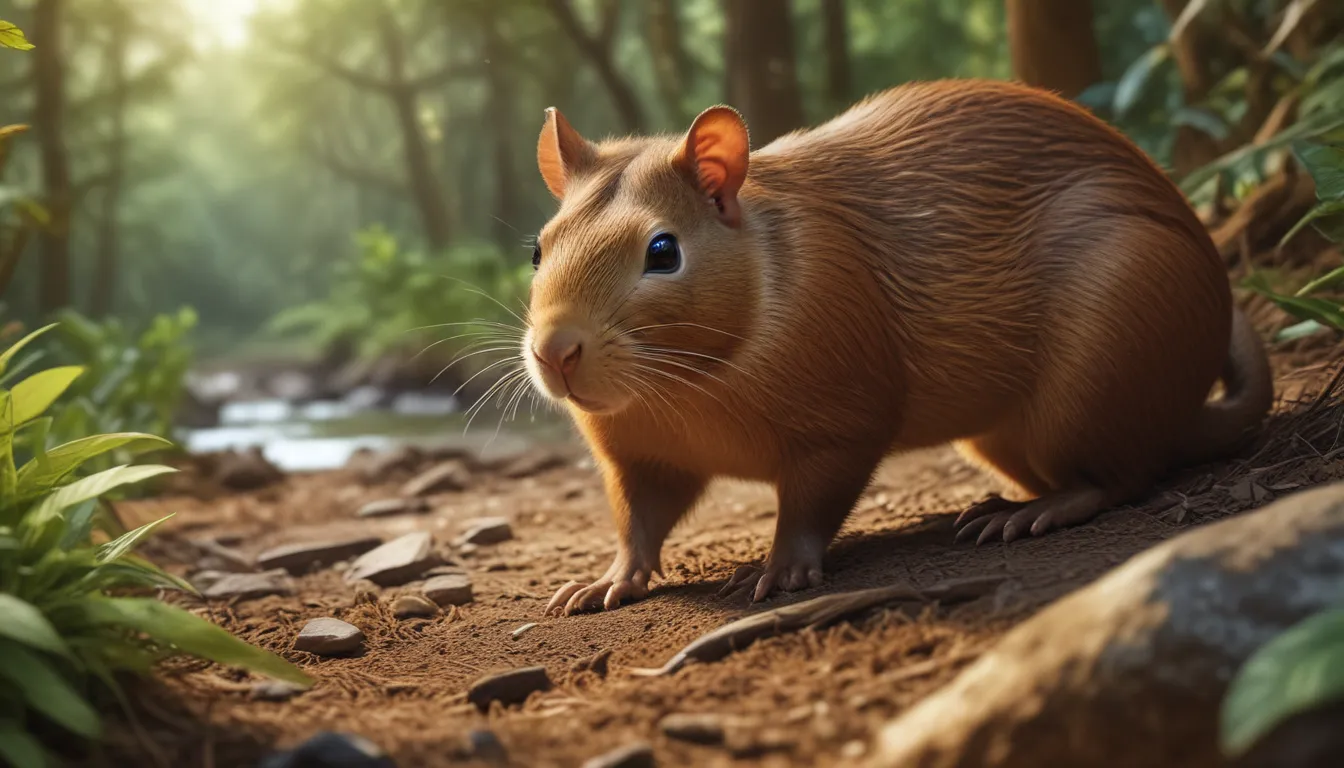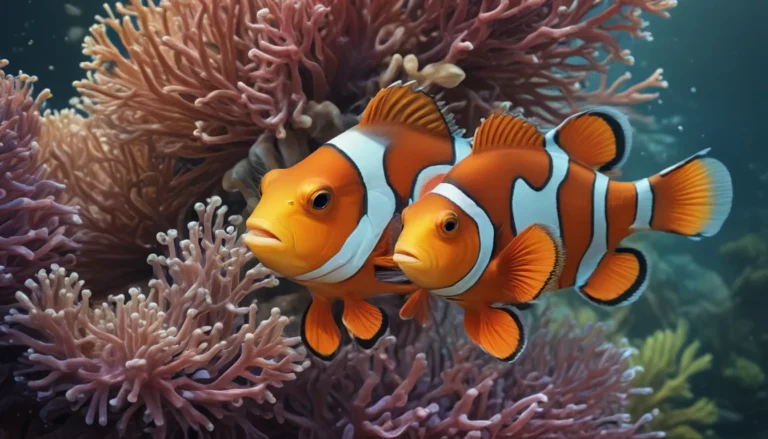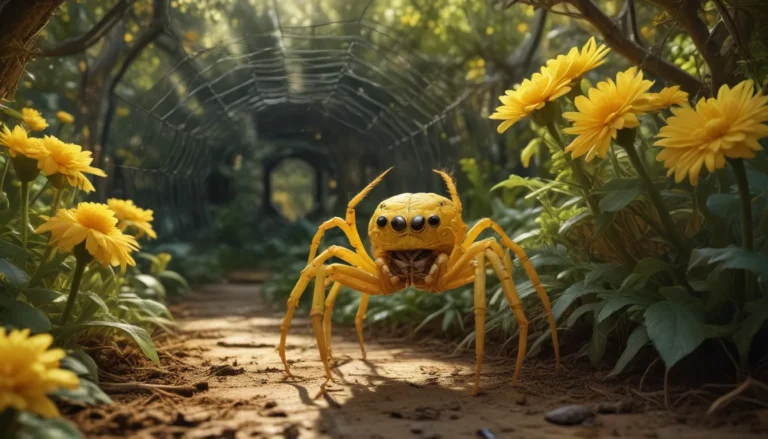The pictures we use in our articles might not show exactly what the words say. We choose these pictures to make you interested in reading more. The pictures work together with the words but don’t take their place. The words still tell you the important facts.
Are you ready to embark on a journey into the world of agoutis, those captivating creatures that roam the forests of Central and South America? With their unique characteristics and behaviors, agoutis have piqued the curiosity of researchers and nature enthusiasts alike. From their diverse coat colors to their remarkable reproductive strategies, these small mammals have carved out a niche for themselves in the intricate tapestry of the animal kingdom. Join us as we delve into 18 intriguing facts about agoutis, shedding light on their habitat, diet, and more. Whether you're a wildlife enthusiast or simply curious about the wonders of nature, prepare to be amazed by the fascinating world of agoutis.
The Colorful World of Agouti
Agoutis come in a stunning array of colors, from brown and gray to black and reddish hues. This natural variation in their coat color serves a crucial purpose: camouflage. By blending seamlessly into their forest habitats, agoutis are able to evade predators and thrive in their natural environment.
Seed Dispersal Superstars
As avid seed dispersers, agoutis play a vital role in the ecosystem. By consuming fruits and nuts and then scattering the seeds across their habitat, these creatures promote the growth and diversity of plants. Their actions are essential for the regeneration of forests and the maintenance of biodiversity.
The Power of Their Jaws
With powerful jaws and sharp teeth, agoutis can crack open nuts and access the nutrient-rich contents inside. This adaptation allows them to obtain a valuable source of food in their natural environment, showcasing their resourcefulness and survival skills.
Vocalizations and Communication
Agoutis communicate through a range of vocalizations, using different sounds to signify danger, establish territorial boundaries, and even engage in mating rituals. Their ability to convey information through vocal signals is a fascinating aspect of their social behavior.
The Art of Grooming
One of the most intriguing behaviors exhibited by agoutis is "self-anointing." By chewing on certain plants and then licking the resulting saliva onto their fur, agoutis engage in a form of grooming that serves multiple purposes, including scent marking and parasite control. This unique behavior showcases the intelligence and resourcefulness of these small mammals.
A Keen Sense of Smell
Agoutis possess a highly developed sense of smell, which plays a crucial role in their ability to locate food and detect potential predators. Their heightened sense of smell helps them navigate their environment with precision and avoid dangers lurking in the forest.
The Art of Burrowing
Skilled diggers, agoutis create underground burrows as their primary shelters. These burrows provide protection from predators and serve as safe havens for resting and breeding, showcasing the resourcefulness and adaptability of these small mammals.
A Reproductive Strategy Like No Other
Female agoutis exhibit a unique ability known as "delayed implantation," allowing them to delay the development of fertilized eggs until ideal environmental conditions arise. This remarkable adaptation ensures the survival of their offspring and enhances their chances of success in a challenging environment.
Herbivores in Action
Primarily herbivorous, agoutis feed on a diet consisting of fruits, seeds, nuts, and vegetation. Their strong teeth and digestive systems enable them to efficiently process and extract nutrients from plant-based foods, highlighting their role as essential herbivores in the ecosystem.
Prey Animals in the Wild
Due to their abundance and small size, agoutis serve as a significant food source for many predators in their ecosystem. Their role as prey animals is crucial in maintaining the delicate balance of predator-prey dynamics in their natural habitat.
Unique Courtship Behaviors
During courtship, male agoutis engage in a captivating "dancing" behavior, standing on their hind legs and performing rhythmic movements to attract females and demonstrate their strength and fitness. This behavior showcases the intricacies of agouti social interactions and reproductive strategies.
Agility and Speed in Action
Agoutis are incredibly agile creatures, capable of navigating through dense vegetation with ease and reaching impressive speeds when escaping predators. Their agility and speed are key adaptations that allow them to thrive in their challenging forest habitats.
The Importance of Territory
Agoutis are highly territorial animals, fiercely defending their boundaries from intruders. Through scent markings and territorial displays, these creatures establish and maintain their territories, showcasing their strong sense of ownership and dominance in their environment.
The Art of Caching
With remarkable memory skills, agoutis are able to remember the locations of their food caches, storing excess food for later consumption, especially during periods of scarcity. This caching behavior is a testament to their intelligence and resourcefulness in securing food resources.
Creatures of the Day
Agoutis are primarily diurnal, most active during daylight hours when they utilize their excellent vision to navigate their surroundings and locate food sources. They retreat to their burrows during the night, showcasing their well-adapted behaviors to the diurnal rhythms of their environment.
The Power of Long Hind Legs
Elongated hind legs provide agoutis with the ability to jump and sprint, aiding in their escape from predators and allowing them to navigate across uneven terrain with agility. These powerful hind legs are key adaptations that enable them to thrive in their challenging forest habitats.
The Role of Agoutis in Seed Germination
Through their seed dispersal behavior, agoutis significantly contribute to the process of seed germination and plant regeneration in their native habitats. Their actions help maintain the biodiversity of their ecosystems and play a crucial role in sustaining the delicate balance of nature.
A Mutualistic Relationship with Trees
Some tree species have co-evolved with agoutis in a mutually beneficial relationship. Agoutis feed on the tree's fruit and disperse the seeds, while the tree provides a reliable food source for the agoutis. This mutually beneficial relationship highlights the interconnectedness of species in the ecosystem.
In conclusion, agoutis are fascinating creatures with unique adaptations and behaviors that showcase their resilience and adaptability in their natural environments. By deepening our understanding of these remarkable mammals, we can gain a newfound appreciation for the diversity of the animal kingdom and the intricate web of life that sustains it. So, the next time you encounter an agouti in the wild, take a moment to marvel at its beauty and remember the incredible facts that make this creature truly remarkable.
Frequently Asked Questions (FAQs)
What is an agouti?
An agouti is a small to medium-sized rodent that belongs to the genus Dasyprocta. It is native to the tropical regions of Central and South America.
Do agoutis make good pets?
While agoutis may appear cute and fascinating, they are not recommended as pets due to their complex care requirements, need for ample space to roam, and retention of their wild instincts.
What do agoutis eat?
Agoutis primarily feed on a diet consisting of seeds, nuts, fruits, and vegetation. They play a crucial role in seed dispersal, promoting forest regeneration.
How big do agoutis grow?
Agoutis typically range in size from 1 to 2 feet in length, including their tail, and can weigh anywhere from 4 to 13 pounds, depending on the species.
Are agoutis endangered?
While some species of agoutis are listed as near threatened or endangered, the overall population of agoutis remains relatively stable. However, habitat loss and hunting pose significant threats to their survival.
Can agoutis swim?
Yes, agoutis are excellent swimmers and can navigate through water bodies, such as rivers and streams, with ease.
How long do agoutis live?
Agoutis have an average lifespan of around 8 to 10 years in the wild. In captivity, they can live up to 15 years or longer.
Are agoutis nocturnal?
Yes, agoutis are primarily nocturnal animals, most active during the night foraging for food and engaging in social interactions.
Do agoutis live in groups?
Agoutis are generally solitary animals but may tolerate the presence of other agoutis within their home range, particularly during the breeding season.
Can agoutis jump?
Yes, agoutis are excellent jumpers and climbers, utilizing their powerful hind legs to leap to great heights and navigate through trees and dense vegetation.
Do agoutis communicate with each other?
Agoutis communicate through a variety of vocalizations, including chirps, squeaks, and growls, as well as scent marking to establish territories and social interactions.
Learn more, explore, and discover the wonders of the animal kingdom with us as we uncover the fascinating world of agoutis and the rich diversity of nature that surrounds us. Let your curiosity guide you as you embark on a journey of learning and appreciation for the marvels of the natural world.






